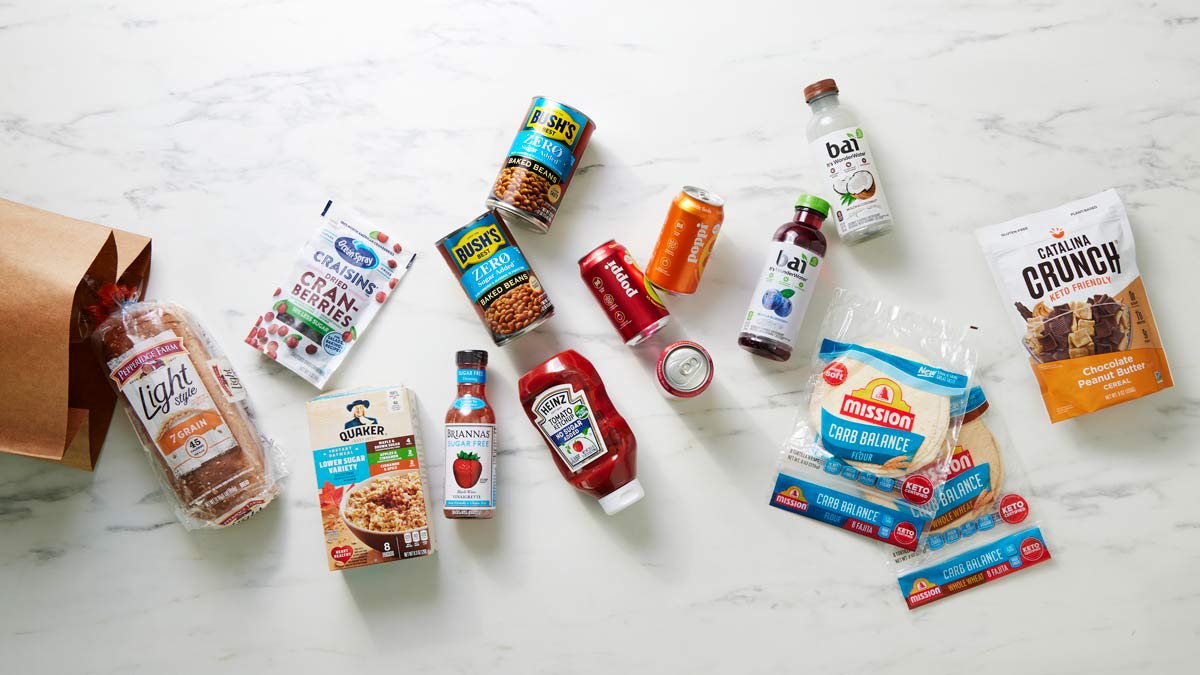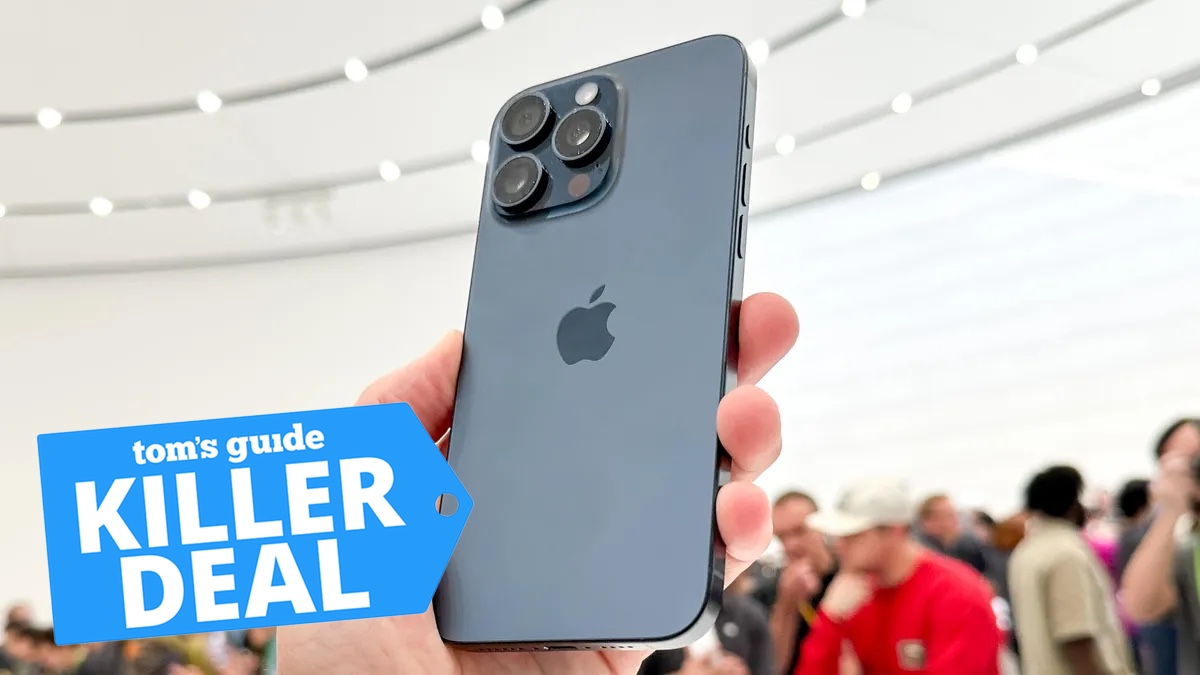Find the Hidden Sweetener – Consumer Reports

Sugar alternatives like aspartame, sucralose, stevia, and monk fruit are increasingly found in foods you wouldn’t expect to contain them. And some of those products—such as ketchup, bread, and cereal—can be labeled with terms that might make you think that there’s no sugar or any kind of sweetener in them.
Being able to identify products with sugar substitutes is important. Some research suggests that they pose potential health risks, and if you are consuming them unwittingly, you may be getting a lot more of them than you realize. The following label terms can clue you into the possibility that a food contains a sugar alternative, and the list “19 Names for Sugar Alternatives” below shows you what to look for in ingredients lists on food packages.
Light or Lite
This indicates that a food is lower in calories (or fat) than the regular version. But that could be because all or some of the sugar was replaced with a no-calorie substitute, like the sucralose in Pepperidge Farms Light Style 7 Grain bread.
Lower Sugar
Claims like this one could indicate that a product still contains sugar. But it also may have sugar substitutes, like the monk fruit in Quaker Lower Sugar lnstant Oatmeal.
No Sugar Added
This can mean that a product uses a sweetener from plants, like the stevia in Heinz No Sugar Added Ketchup. Variations of this claim include “zero sugar added” and “sugar free.”
No Artificial Sweeteners
A product with this claim might not have artificial sugars such as aspartame or sucralose. But there’s a good chance it has “natural” low-cal sweeteners like the monk fruit and stevia in Bai drinks.
Keto-Friendly or Low-Carb
Packaged foods marketed this way are often sweetened with sugar alcohols like xylitol or nonsugar sweeteners like stevia.
Source link











